Mobile principles.
Mobile is not a screen size, it's a set of behaviours. These principles apply to all digital products because the user is mobile, not the product.
MP01. design for [interruption]
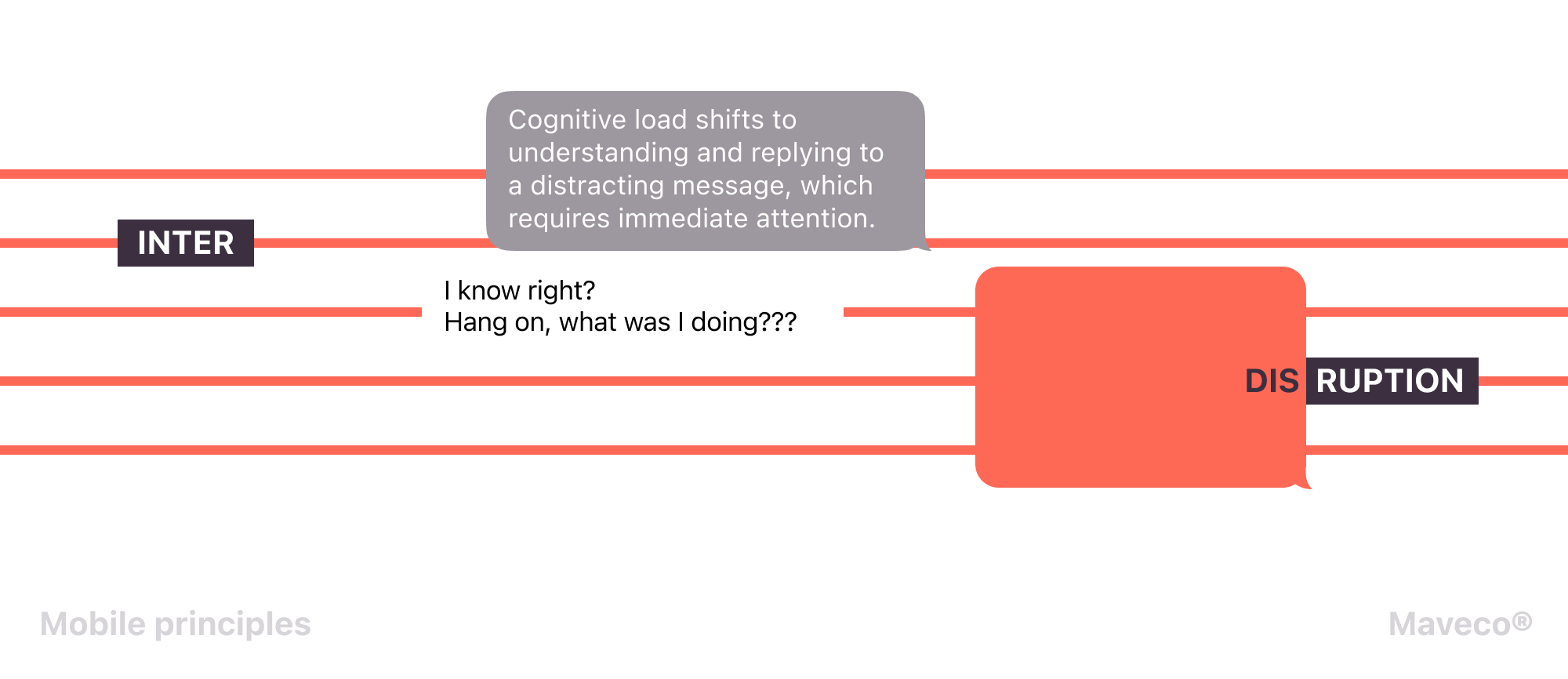
Mobile users are constantly interrupted by a multitude of notifications and the good old-fashioned phone call. Content needs to be considered as part of a total cognitive load rather than a local one. Save states, contextual affordance and good signposting can help mitigate these issues.
MP02. design for [thumbs]
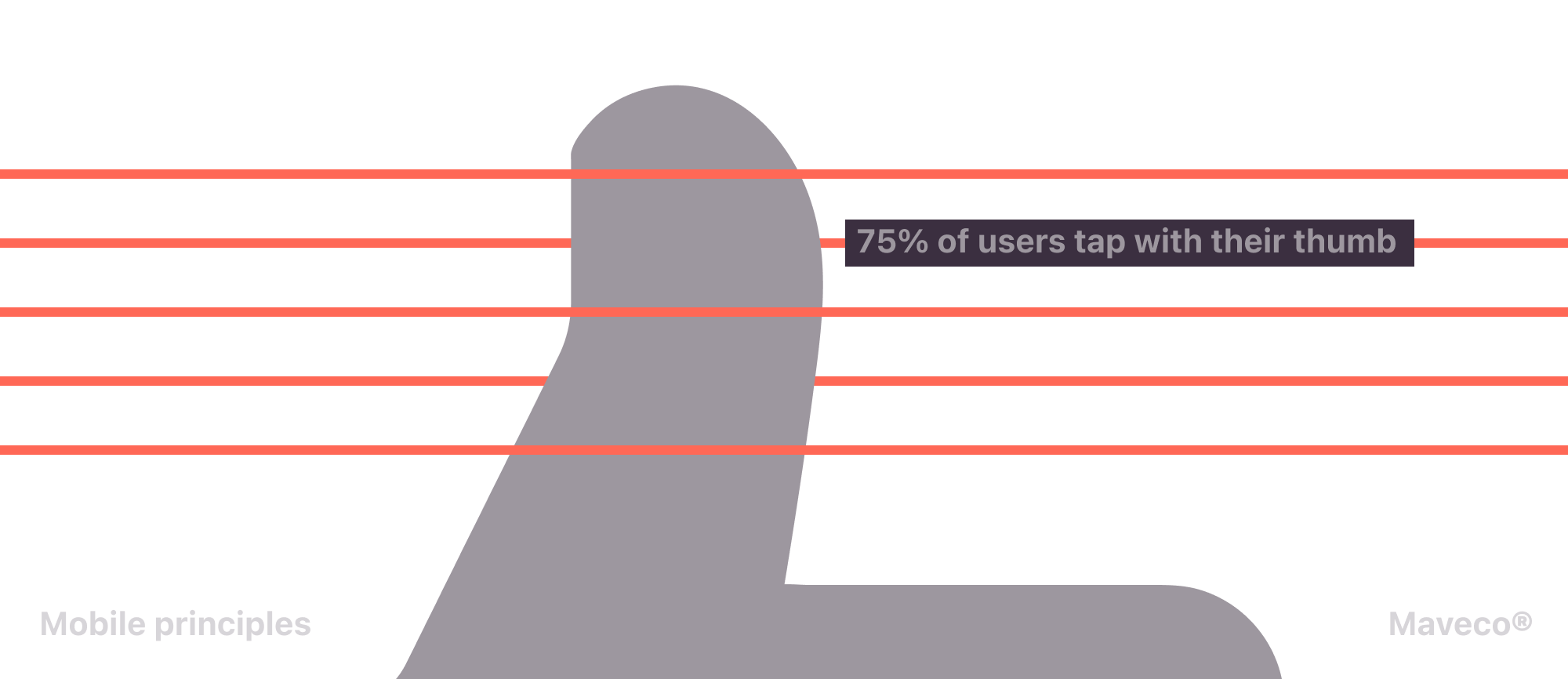
Most mobile interaction is done with thumbs, then fingers, then voice. Make touchpoints larger, think about placement of components and design for digits
MP03. design for [context]
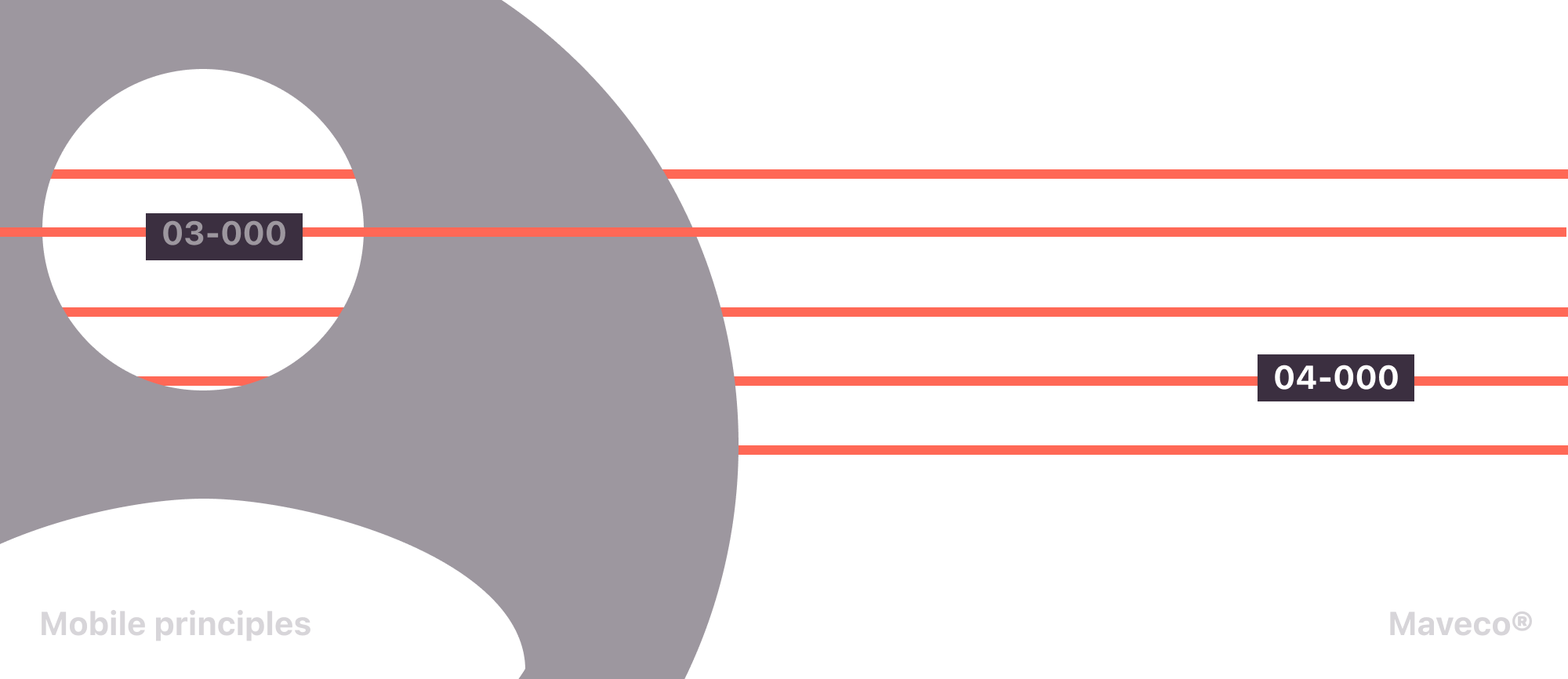
Contextual signposting and helpers can frame the experience. Provide clarity and reinforce focus as the experience may not be the primary or even secondary use.
MP04. design for [location]
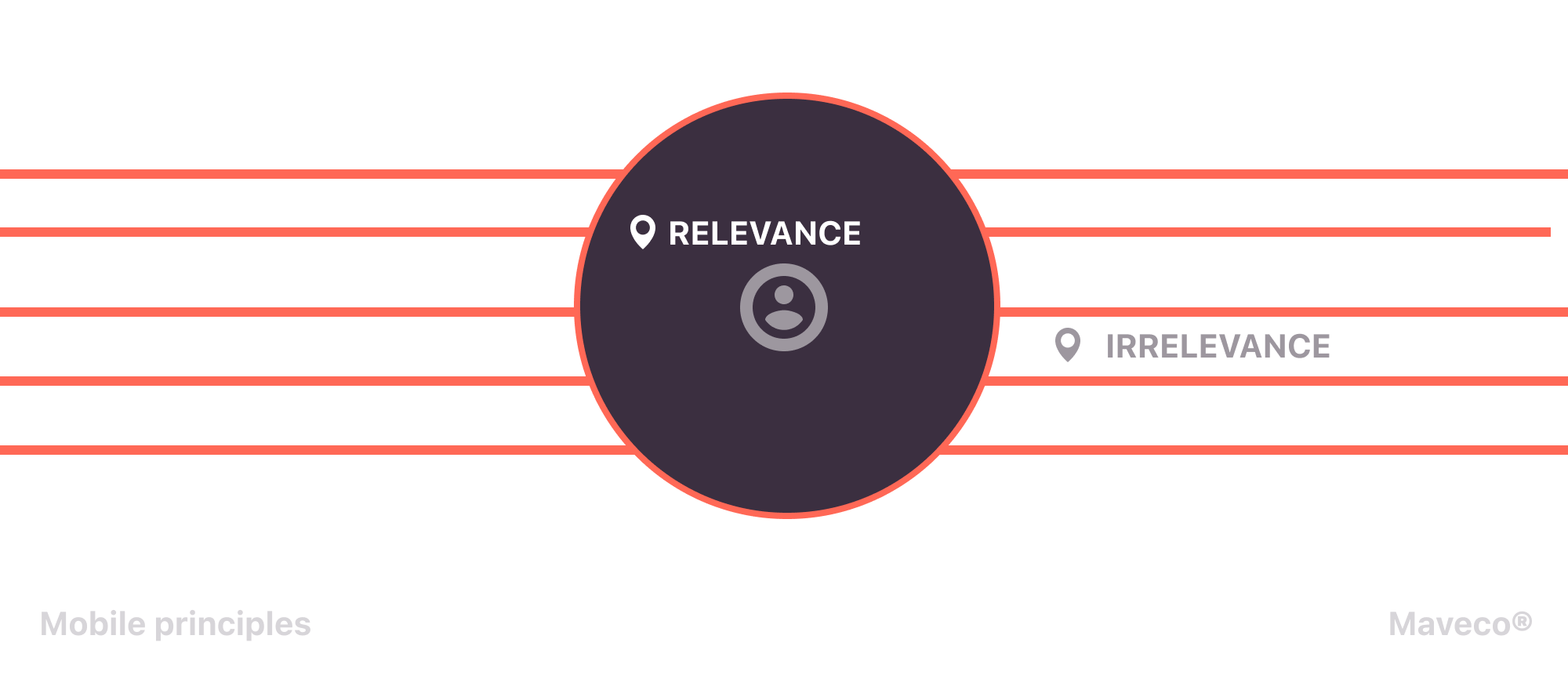
Users are not tied to their desks. Information must be geographically relevant, contextual and simple to understand on the move, or in unfamiliar surroundings.
MP05. minimise [typing]
Typing on mobile devices is error-prone and fiddly. Use smart defaults and input helpers.
MP06. remove [clutter]
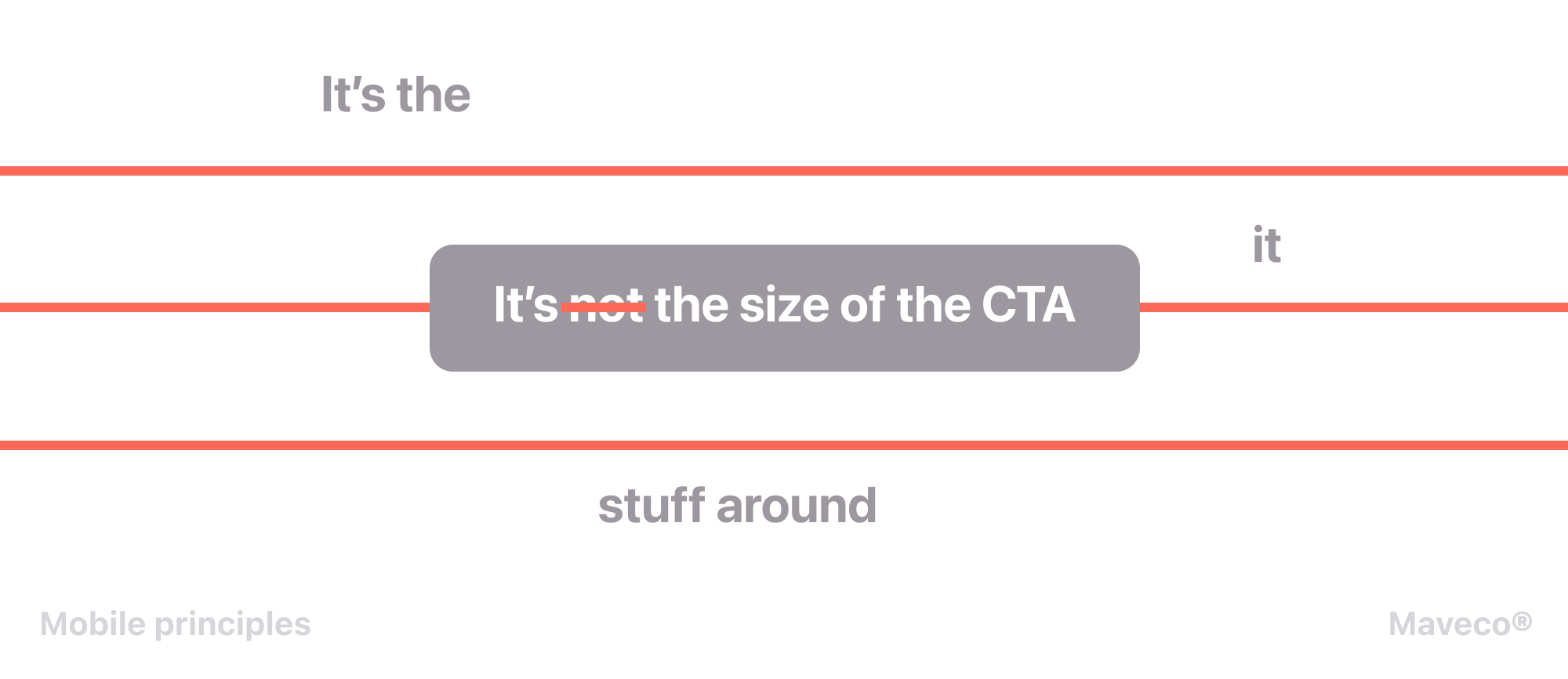
Extraneous UI can cause cognitive overload and lessen focus. Good design is reductive.
MP07. intuitive [navigation]
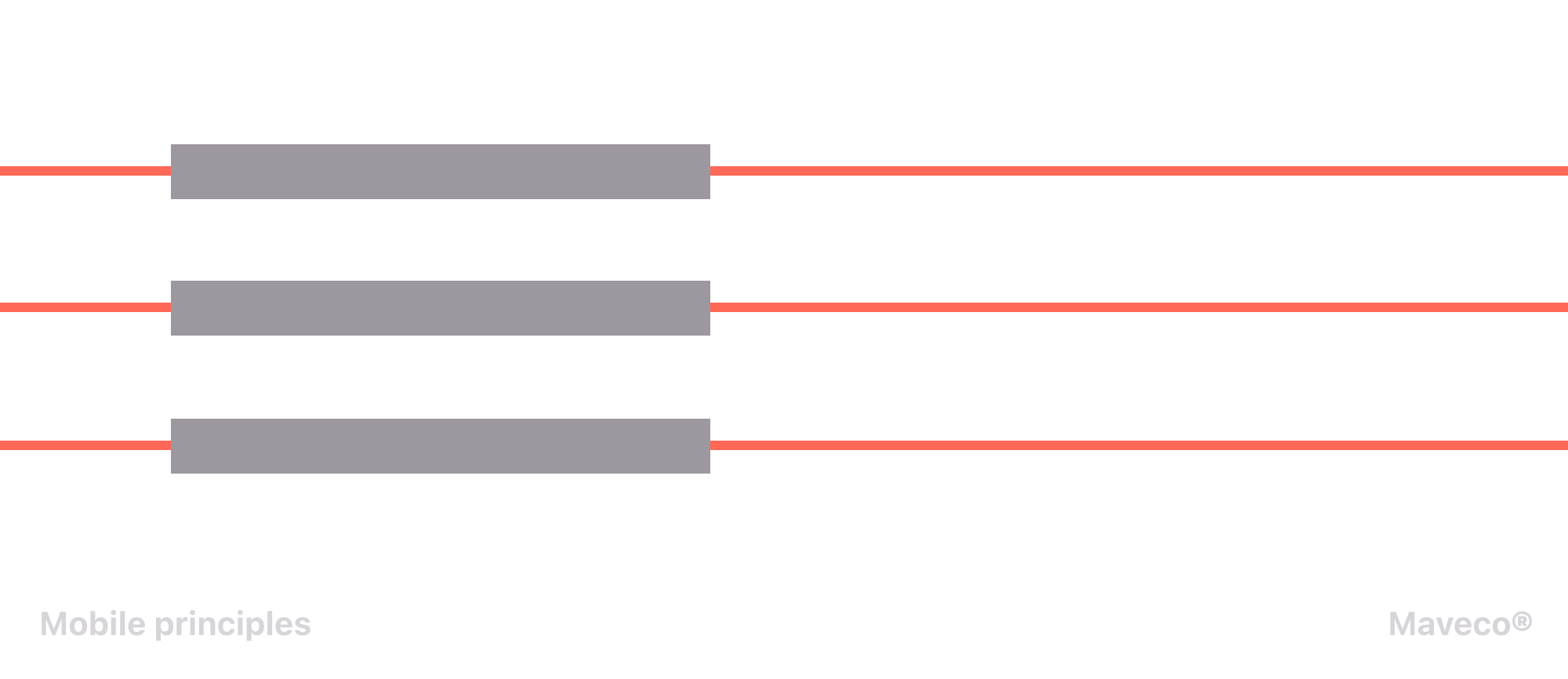
Users follow intuitive patterns and conventions. Navigation should be familiar and simple.
MP08. prioritise [content]
Behaviours and needs change on the go. Content design and delivery should reflect this.
MP09. make it [superfast]
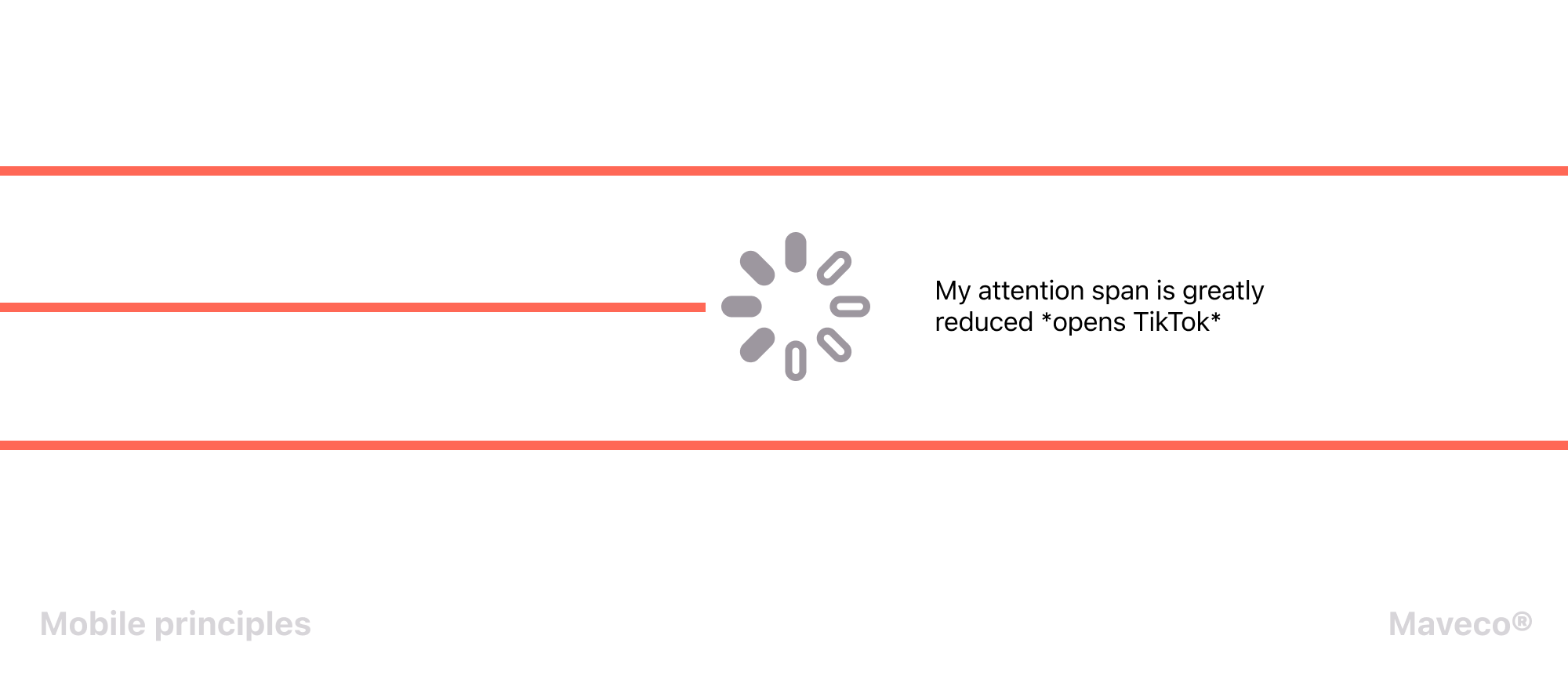
Speed on mobile is critical. Users will abandon a slow experience and long loading time. Latency kills experience.
© 2024 Maveco Limited Terms & Conditions Privacy Policy